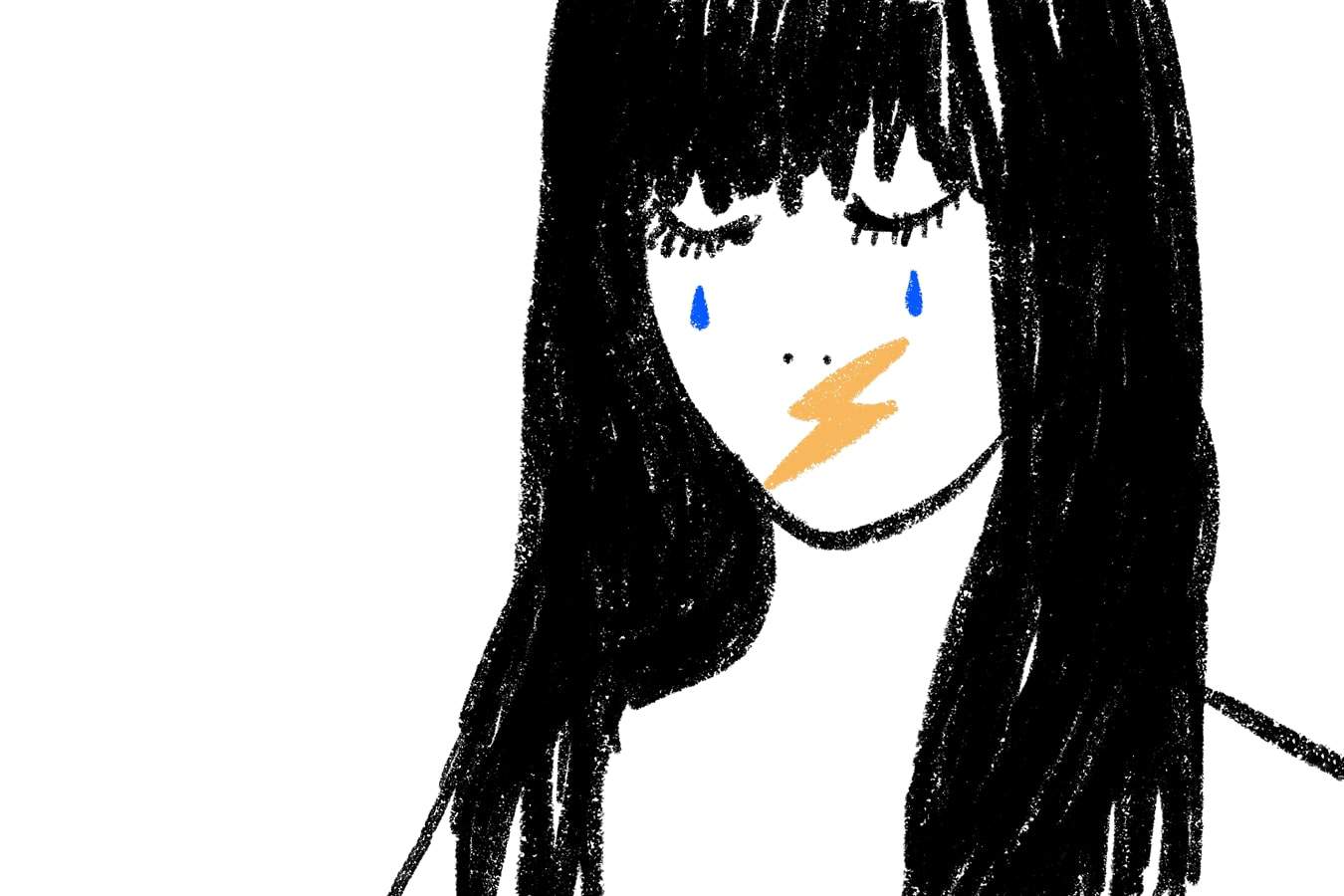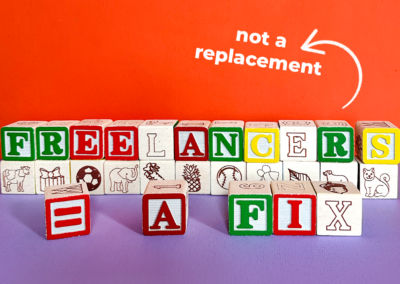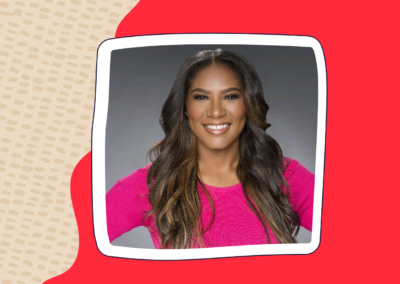Individual grief. Collective grief. Compounding grief. Acute grief. Traumatic grief. Isolated grief. Triggered grief. We are experiencing so much grief as 2020 continues to be the year unlike any other.
A silver lining is that we are seeing the humanity in all aspects of life, work included. Kids running through the background of video conferences. Dogs barking in the middle of an important phone call. People breaking down in the middle of conversations. The old way was to “keep work and personal life separate,” avoiding emotions in the workplace at all costs. But we are starting to realize those costs may be more than we bargained for.
Simon Sinek and Seth Godin will be some of the first to tell you how important it is to put your employees first and create a culture of caring. The modern workplace is increasingly finding permeability between work and personal. Research is starting to show the payoff for companies who put people first can be monumental – from employee retention to better productivity and overall performance. This is a good thing, but it does come with its challenges. What happens when emotions come to work with us? We prepare for everything else, but what is more disruptive than trauma and grief?
As leaders and individuals, we must care. We must engage with emotions. We must permit ourselves to feel to have healthy environments where we can thrive.
Before we dive into emotions and grief in the workplace, there are a few truths I want to share to make sure we’re on the same page. Grief is a completely natural and normal response to loss. If you’re living life, loss is a part of it. Not just loss of a loved one, but a loss of any kind. Loss of safety or stability. Loss of job or career path. Loss of trust. Loss of home. Loss of community. Loss of hope. So you can see that this year, we are all grieving. It’s nothing to feel shame about. It’s also not something to have a competition of who’s in more pain – loss is loss, and it’s painful. You are not weak if you are grieving – quite the opposite: you are a courageous human experiencing life.
Grief can present itself physically, emotionally, and mentally. There was a time I went through a rigorous grief workbook that asked me to account for every major loss I went through in my life. It was quite shocking to see it all laid out before me. The next day I developed pneumonia. I had been pretty isolated at work and home and wasn’t sure how I caught it. After I healed, I was sitting at lunch with Nilima Bhat, a beautiful wise leader and author of Shakti Leadership, and mentioned this strange occurrence of pneumonia. Her response was something along the lines of, “It makes perfect sense. Grief is held in the lungs.” I believe this to be true. However, I’ve also been through many other losses and didn’t develop pneumonia. Depending on the circumstances surrounding us and our loss, we will grieve and respond differently. There is no right way to grieve – there is just what’s best for you on your path of healing.
Our bodies want to heal and they will do what they can to help us in that process using all means necessary, even if that is coughing it out through pneumonia. Regardless of how it manifests in your life, grief is unique to each individual and each occurrence. It may never look the same to you, and that’s okay.
Grief is nonlinear. Instead of stages, I like to think of it as an ocean. It can be a tsunami, a set of big waves, or a gentle tide rolling in and out. You can get splashed or soaked. You can surf. You can dive. You can get pulled under in the current. You can get caught in the hurricane. You can let the waves wash over your feet. There are endless ways to experience grief. It doesn’t disappear, but grief, and your relationship to it, can change throughout your life.
With a grief experience, my body may be exhausted, lethargic, and extremely unproductive. In another moment, I could have trouble sorting through my thoughts and remembering things. In raw pain, I can have explosive outbursts or cry fests. I can also smile at the memory of a loved one in those moments too. Experiencing grief doesn’t mean that happiness is invalid. You can feel joy and sadness at the same moment in time. The key to healing is listening to your body to figure out what you need to support yourself in each moment.
As the founder and executive director of Love Not Lost, a nonprofit on a mission to revolutionize the way we heal in grief, I’ve had the privilege to be with people as they are facing the death of a loved one. On a handful of occasions, I have been in the room with families the moment their loved one takes their last breath. It’s excruciating. It takes me back to the moments when I held my daughter as she took her last breath. Every single time my heart shatters into a million pieces and I can feel physical pain in my chest and tightness in my lungs. But I have come to learn something critical about the process of healing:
To heal we must grieve.
To grieve we must feel.
To feel we must be present.
And in the present, we must be still, listen, and care for ourselves. Even at work. Especially at work.
Being present in the pain and discomfort is one of the hardest things we must do as humans. It can feel terrifying and the fear can send us into survival mode. It is easy to check out and dissociate from that fear and pain, whether it’s through endless scrolling on social media, drinking, drugs (prescription or other), sex, video games, staying busy with work, or countless other things, which ultimately disconnects us from ourselves. But connection gives us purpose – it’s why we are here. Our bodies want to heal and stay connected, so they won’t let you ignore the grief or pain forever. It will keep coming back up until it’s healed and it might come up when you least expect it.
Each time we feel pain, whether it’s physical pain or emotional pain, I believe we are being invited to heal. As we create space to lean into the discomfort, no matter how scary it seems, we can get through it one breath at a time. Our breath is sacred. It keeps us connected to ourselves in each moment and makes space for hard emotions. Take a deep breath and ask your body what it’s trying to tell you. What does your body need in this moment? Our emotions are incredible teachers if we can listen before we react.
As we are all dealing with the stress, losses, and grief of 2020, we must prioritize self-care. The headlines, stress, fear, and uncertainty of our current reality can leave us with little to give to the tasks at hand and the people around us. As the world feels more and more out of control, we must take control of the only thing we can; ourselves.
What we bring to our family, our work, our relationships, and the world around us matter. Are you adding pain? Or are you adding healing? Are you adding fear? Or are you adding love?
At work, especially with the trend of operating virtually, it is increasingly common to feel isolated and disconnected. It’s easier to hide your emotions and pain behind a screen. We must prioritize our own care and healing to show up as our best selves and hold space for others to heal too. We must be intentional about building relationships and checking in with one another to stay connected. We must take courage and be people who can lean into the discomfort to heal and build a better future together.



